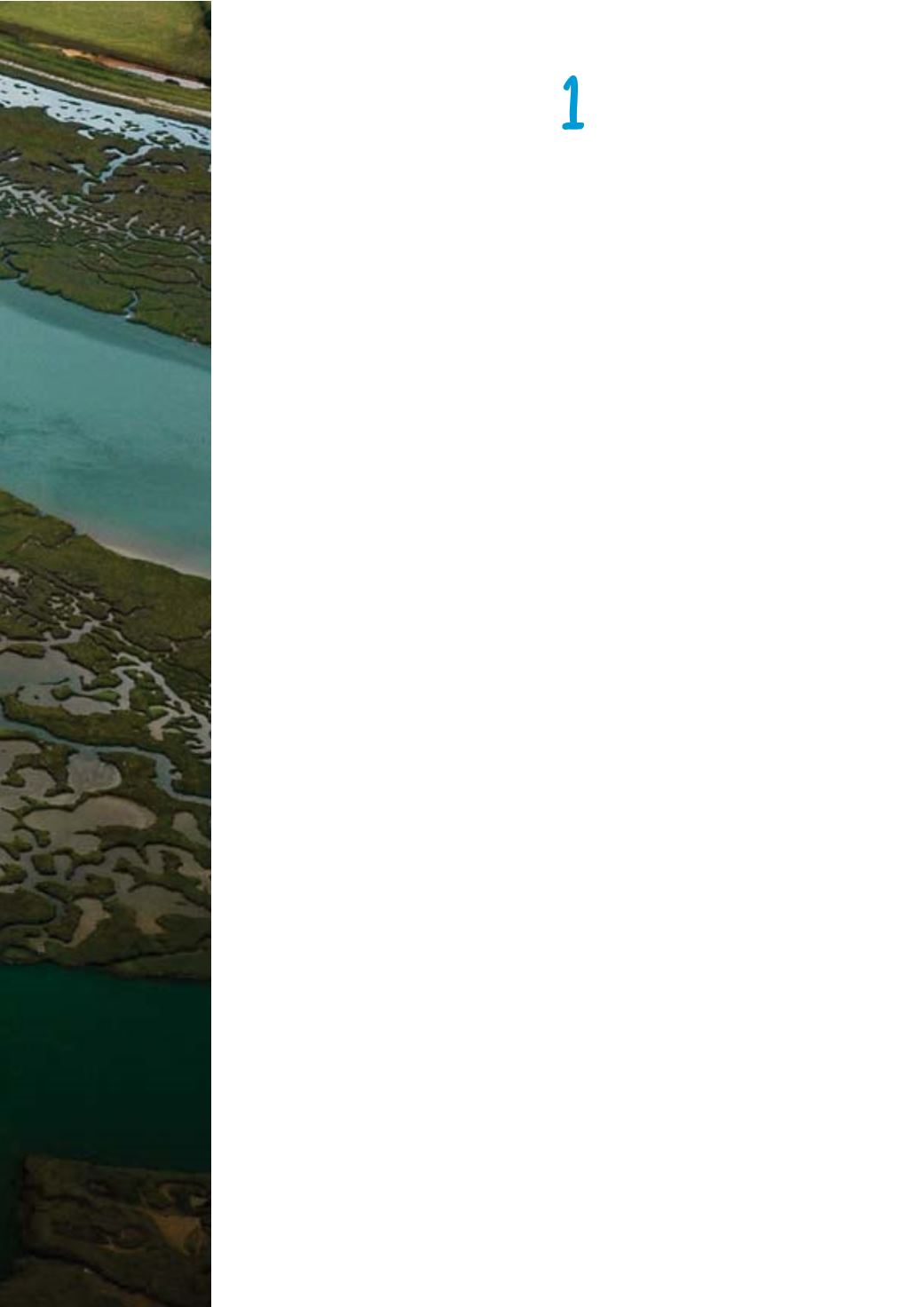

Wetlands are diverse and dynamic, often fragile environments: marshes,
ponds, lakes, fens, rivers, floodplains, swamps and estuaries—any land that’s
permanently or periodically saturated with water. These environments are
a crucible for wildlife and they occur across our landscape, from uplands
and seas to the inner city.
Our goal of 100,000 hectares of new and restored wetlands is ambitious,
but it is realistic and it can be delivered in a way that delivers huge benefits
for people and wildlife. Success will mean some large-scale habitat creation,
like WWT’s 300 hectare saltmarsh at Steart in Somerset, but it will also
mean lots of small scale changes across the landscape. Collectively these
can deliver major environmental and social benefits.
In the uplands:
Today, only 4% of England’s 355,000 hectares of upland deep peatlands are
in good ecological condition. The Peak District, the Pennines, the North York
Moors, Bodmin Moor, Dartmoor and Exmoor, are all important wetlands and
a part our natural heritage. What’s more, restoring and preserving deep peat
can store huge amounts of carbon (reducing climate change), make millions
of pounds worth of improvements in water quality, soak up flood waters and
create wonderful, wild landscapes vital for some amazing species. We support
the recommendation of the Committee on Climate Change to triple the
amount of peatland being restored.
In the lowlands:
Three quarters of England is farmed, but farm wetlands have been disappearing.
Farm wetlands can filter out water pollution and provide habitats for wildlife
(including pollinators and other invertebrates), and a network of small wetlands
could combine to help clean up our farmed landscape and benefit both us and
its wildlife.
On our coasts and estuaries:
Coastal wetlands can help guard against flooding and climate change risks and
provide valuable habitats for wildlife. On the banks of the Severn Estuary about
12,000 ha of low-lying land is potentially vulnerable to tidal inundation under
climate change projections. Together with our partners in the Severn Vision
project, we would like to see 6,000 hectares of intertidal and associated habitat
created on the banks of the Severn, which could deliver millions of pounds of
value to local communities and help protect them against coastal flooding.
In our cities:
Wetlands can be important parts of a cityscape. They can create places for
people to enjoy, with health and wellbeing benefits. For example, sustainable
drainage systems can replicate natural processes that reduce flooding. New
developments should already incorporate sustainable drainage wetlands
wherever possible and many communities and companies are looking at
how to incorporate wetlands in established developments.
2XU ZD\ WR N
a wetland vision
















